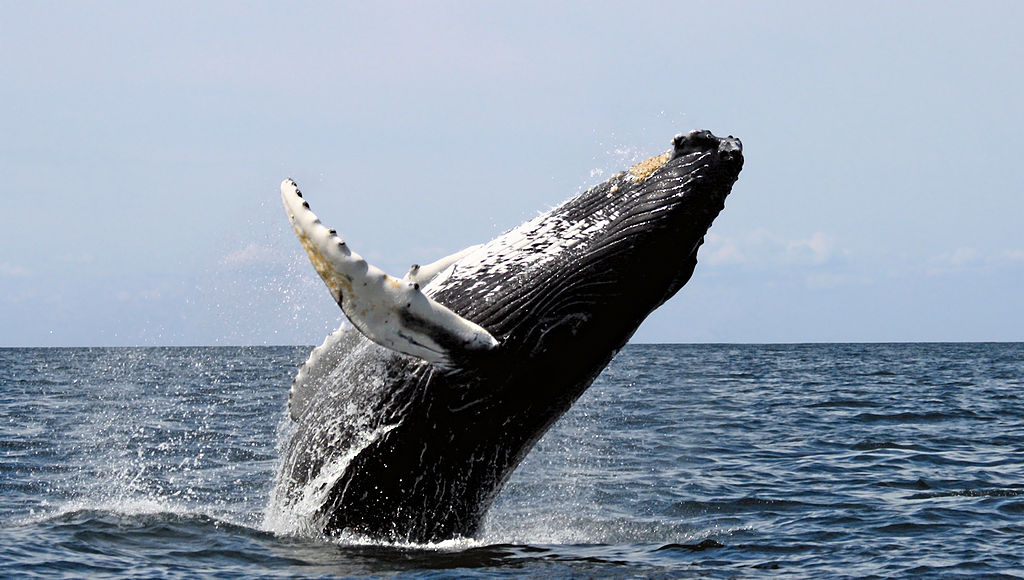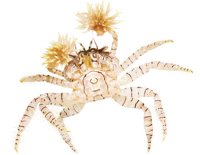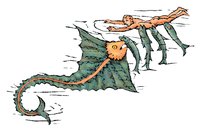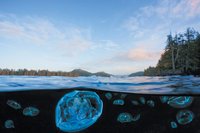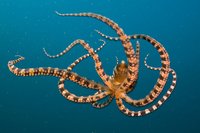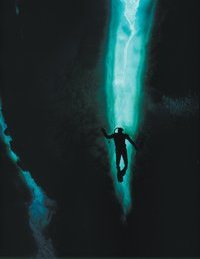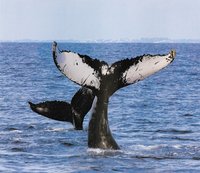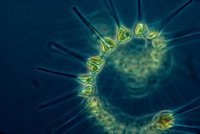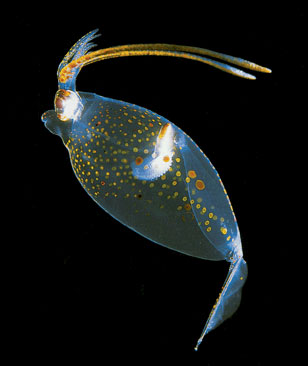A study published in the journal Science this week found that humans have “profoundly affected marine wildlife,” and that current trends suggest that the loss of marine animal life will “rapidly intensify as human use of the oceans industrializes.” The study’s authors write:
Human dependency on marine wildlife and the linked fate of marine and terrestrial fauna necessitate that we act quickly to slow the advance of marine defaunation.
We present here a selection of articles from the Review and its blogs on the beauty and complexity of the marine life under threat, and on human exploration of the sea.
####Lilliput Under the Sea
Tim Flannery
Susan Middleton’s Spineless reveals a world where hermit crabs resemble wizards carrying their own magic mountains on their backs, and where worms are transformed into exquisite, pearly necklaces. Marine invertebrates—from octopuses to hermit crabs and creatures like the bizarre holothurians—are the focus of this photography book. (December 23, 2014)
####Maps and Monsters
Marina Warner
Sailors beware: do not mistake a whale for an island, and drop anchor on the creature as if in a safe haven; do not think of setting up a cooking pot or building a barbecue, for the creature, feeling the grapnels in its flesh and the flames of your fire, will sound, taking you and your picnic with you to the depths. (January 3, 2014)
####They’re Taking Over!
Tim Flannery
From the Arctic to the equator and on to the Antarctic, jellyfish plagues (or blooms, as they’re technically known) are on the increase. Even sober scientists are now talking of the jellification of the oceans. Off southern Africa, jellyfish have become so abundant that they have formed a sort of curtain of death, “a stingy-slimy killing field” that covers over 30,000 square miles. The curtain is formed of jelly extruded by the creatures, and it includes stinging cells. The region once supported a fabulously rich fishery. In 2006 the total fish biomass was estimated at just 3.9 million tons, while the jellyfish biomass was 13 million tons. (September 5, 2013)
####Octopus: The Footed Void
Caspar Henderson
In a celebrated poem Ogden Nash begs the octopus to tell him if its limbs are arms or legs. Textbooks have a no-nonsense answer: they are arms, not legs (and emphatically not tentacles). But super tongues would be at least as good. Each octopus arm is a muscular hydrostat, like a human tongue, and each of the tens or hundreds of suckers on it is lined with tens of thousands of chemoreceptors—taste buds to you and me—and a comparable number of nerve endings that provide an exquisite sense of touch. (April 30, 2013)
####Diving Deep into Danger
Nathaniel Rich
Today it is an economic and even geopolitical necessity for oil companies, in order to maintain pipelines and offshore rigs, to send divers routinely to depths of a thousand feet, and keep them at that level of compression for as long as a month at a time. The divers who do this work are almost entirely male, and tend to be between the ages of twenty-five and forty. Were they any younger, they would not have enough experience or seniority to perform such demanding tasks. Any older, and their bodies could not be trusted to withstand the trauma. (January 17, 2013)
####On the Minds of the Whales
Tim Flannery
The tropical sea was as smooth as oil and a pod of dolphins moved around two huge, serrated shapes lying in the water—the backs of two sperm whales. They remained motionless as we drifted to within a few meters of them. Then, almost imperceptibly, they began to shift. Their heads slipped below the water as they arched their backs until their huge flukes rose into the air above us, before they silently moved into the depths. (January 19, 2012)
####Our Diminished Oceans
Bill McKibben
What may turn out to be the summer’s most important news story (and just possibly the millennium’s) didn’t make the pages of the Times. A study in Nature has concluded that as oceans warmed, phytoplankton—the tiny organisms that form the crucial first level of the entire marine food chain—were disappearing. (August 6, 2010)
####Where Wonders Await Us
Tim Flannery
Only the uppermost part of the oceans—the top two hundred meters—bears any resemblance to the sunlit waters we are familiar with, yet below that zone lies the largest habitat on Earth. Ninety percent of all the ocean’s water lies below two hundred meters, and its volume is eleven times greater than that of all of the land above the sea. (December 20, 2007)
####The Threat from the Sea
Jonathan Raban
“Roll on, thou deep and dark blue ocean—roll!” wrote Byron in a comradely salute to the last great romantic wilderness on the planet. “…Man marks the earth with ruin—his control/ Stops with the shore….” In 1818, he could hardly have foreseen that it would not be very long before man would mark the ocean, too, with ruin, poisoning whole seas with his industrial effluent, or fishing them out with vast synthetic nets deployed by immensely powerful hydraulic winches. Yet the sea is still wild… (August 12, 2004)
Advertisement
####Save the Whales!
J.Z. Young
The sea is in a sense our last frontier, and the whales the rulers of it, whom we are in danger of displacing, just as we have displaced the Indians and the buffaloes that they hunted. The hunting and gathering stage of man’s evolution ended on land some 10,000 years ago, but it continues still today in the sea. (July 17, 1975)


